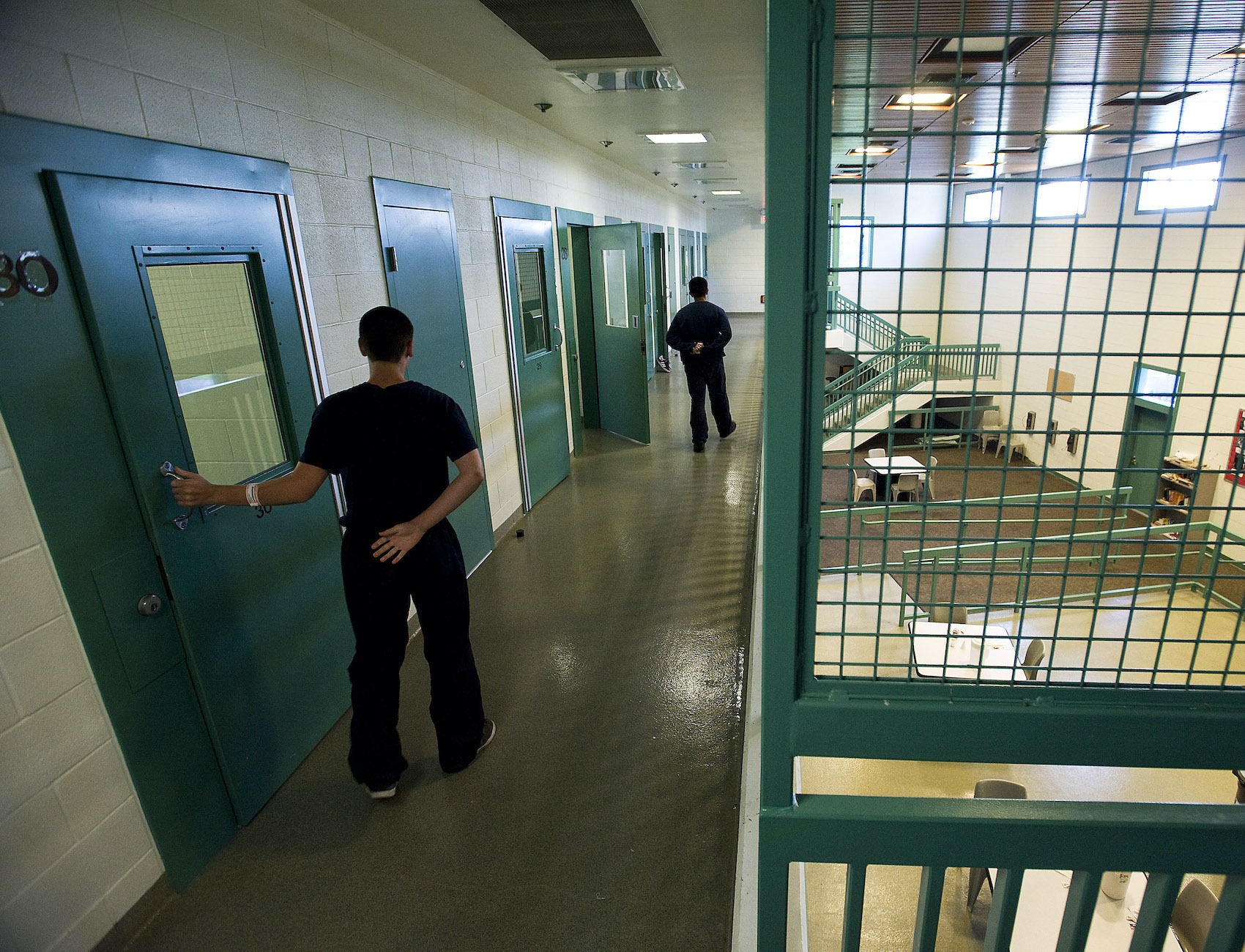Shifting Incarceration Costs to Counties Could Mean Fewer People in Prisons and Jails, Study Suggests
A new study suggests that if counties—rather than states—bear the cost of incarceration, they may be less likely to incarcerate people.

If counties are responsible for the costs of incarceration, they may be less likely to imprison people, a new study suggests.
In the November edition of the Journal of Public Economics, Aurélie Ouss, assistant professor of criminology at the University of Pennsylvania, found reforms implemented in California in the mid-1990s that increased the cost for counties to incarcerate children lead to a significant drop in children being sent to juvenile prisons.
California lawmakers passed Senate Bill 681, or “juvenile justice realignment,” in 1996. Prior to the reform, counties paid a flat fee of $25 per month to incarcerate a child. The new law created a sliding scale, which required that counties pay between $150 a month to incarcerate children convicted of the most serious offenses like murder or armed robbery to $2,600 a month for parole violations or misdemeanor convictions.
Upon its adoption in August, the law resulted in an almost immediate drop in new admissions to youth facilities: The likelihood that a child would be incarcerated in a state juvenile prison fell by more than 40 percent during the four years following the reform.
Ouss found that 1,543 fewer children were sent to juvenile prisons in the year after the law passed than in the year prior. However, she did find a slight increase in children being incarcerated in adult facilities, which were not subject to the increased costs to counties.
The law did not appear to adversely affect public safety either. Arrests, reported violent crimes, and reported property crimes all fell in the six years following the law’s passage, according to the study.
In 2011, in response to overcrowded prisons, California implemented similar reforms for adults. Under the reforms, some crimes that previously mandated prison time were made eligible for jail time instead. This effectively shifted some costs of incarceration to counties from states.
A study by Magnus Lofstrom, policy director and senior fellow at the Public Policy Institute of California, and Steven Raphael, professor of public policy at the University of California at Berkeley, found that, by 2013, incarceration in the state had fallen by 9 percent. The authors found little evidence that changes in violent crime coincided with the law change and the change only correlated to a small increase in property crime.
Ouss said that when judges and prosecutors do not bear the costs of carrying out the sentence, there is little to be lost for them and a whole lot to be gained. Harsher penalties allow prosecutors to look tough on crime and score personal political points with voters, despite the fact that those penalties do not necessarily result in less crime.
“If costs are not internalized,” Ouss said, “then that can lead to high levels of punishment without gains in terms of crime reduction.”
Adam Gershowitz, a law professor at William and Mary Law School, called this phenomenon the “correctional free lunch.”
It’s “the idea that the prosecutors and police can bring in all these cases but they don’t have to account for the jail spots or the prison spots,” he told The Appeal. “They can bring prosecutions without really having to worry about what happens after the case leaves the courtroom.”
Gershowitz published a paper in 2016 arguing that one way to fix this disconnect could be to put prosecutors in charge of jail budgets, intake, and release. Sheriffs would still be in charge of the day to day safety and operations under Gershowitz’s proposal.
He argued that if prosecutors were required to deal with balancing a budget for a jail or directly deal with the ramifications from overcrowding, they might begin the plea bargaining process with a shorter sentencing offer than they usually do, potentially resulting in fewer people in jails and prisons. On any given day, roughly 2.3 million people are incarcerated in the United States, according to the Prison Policy Initiative.
“[Prosecutors] are putting the people in that building,” Gershowitz said about jails. “They should bear some responsibility for the capacity of that building.”
